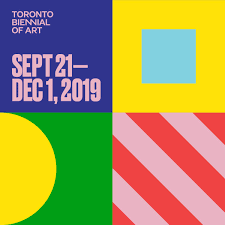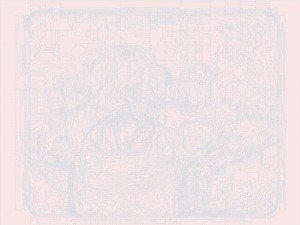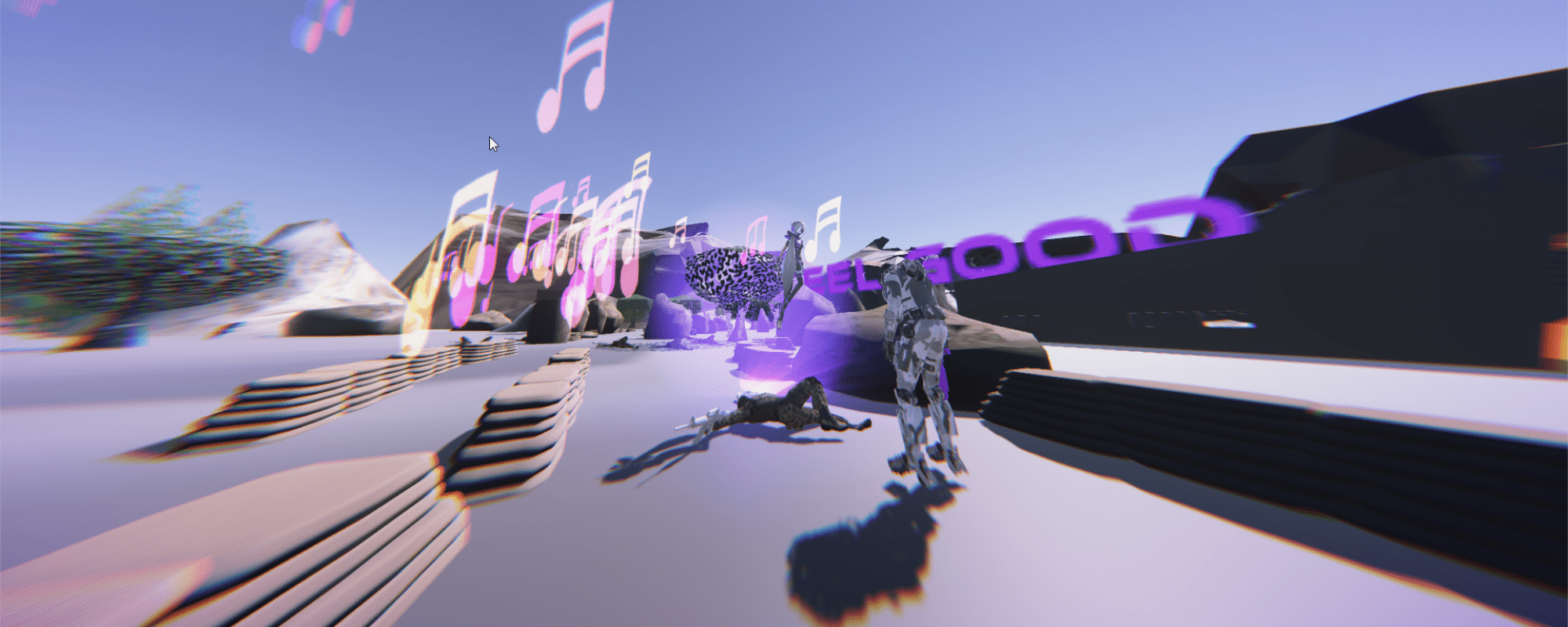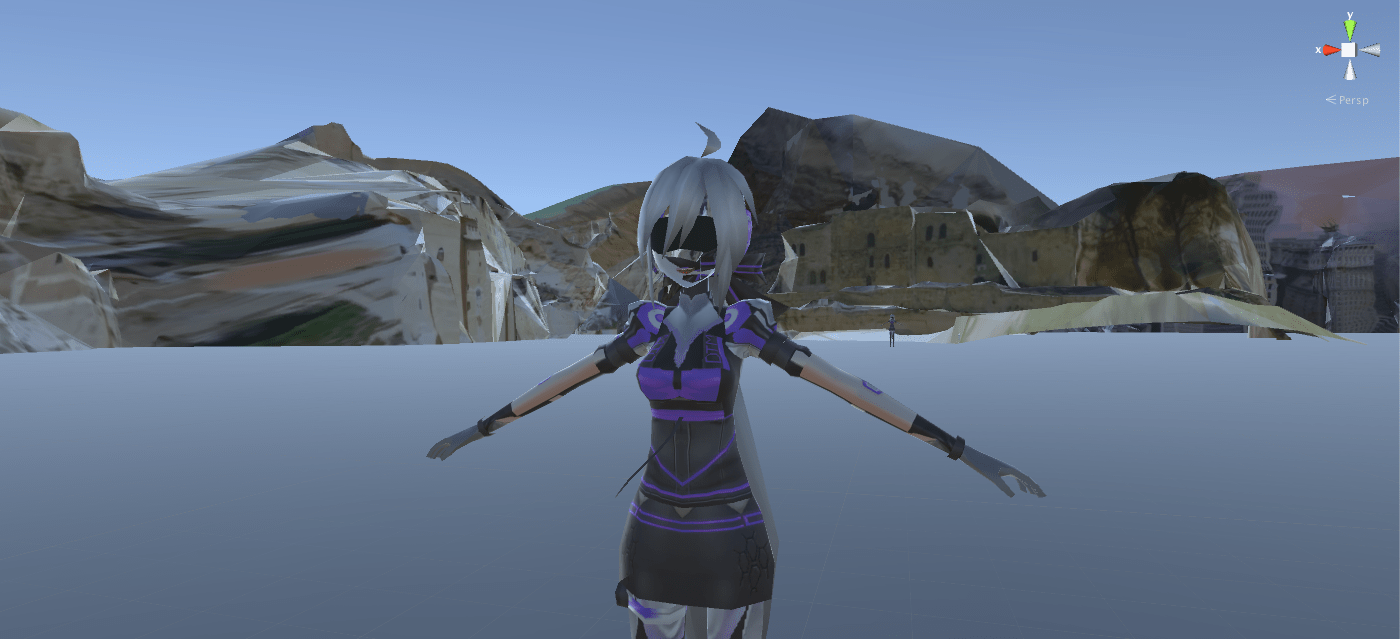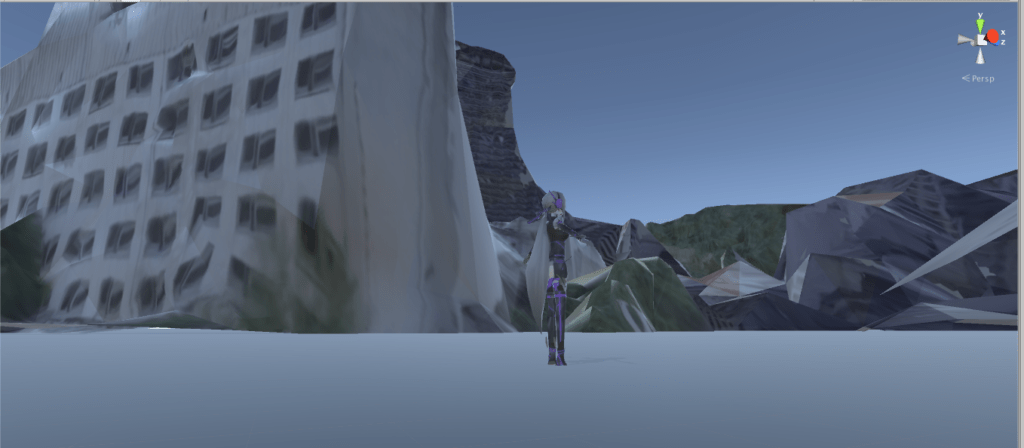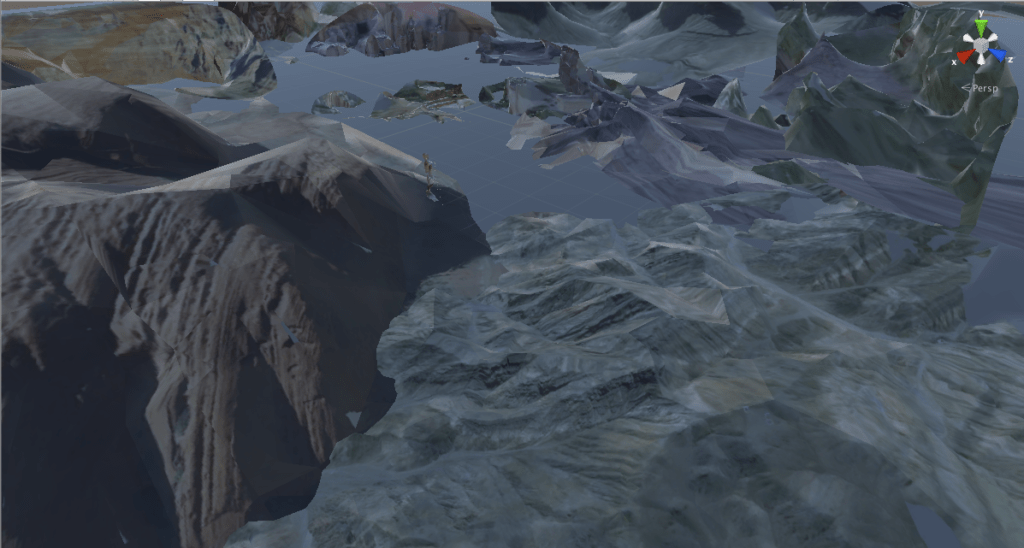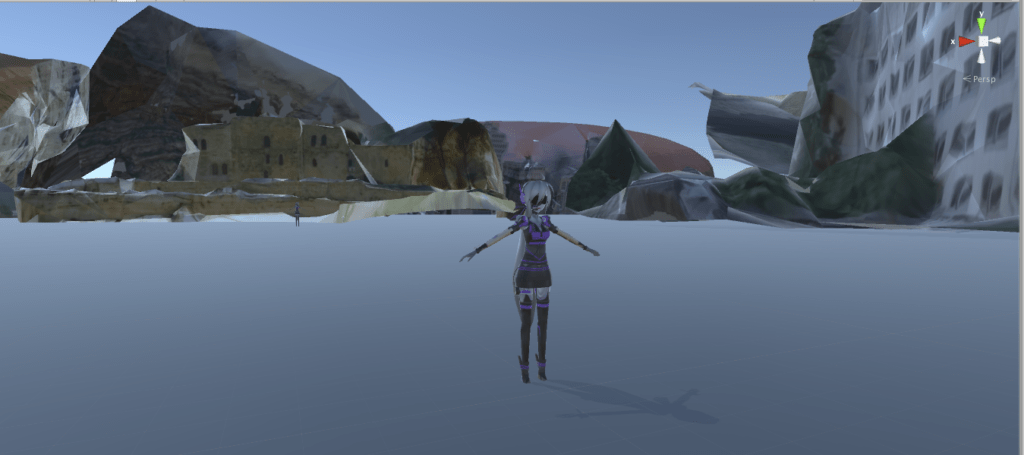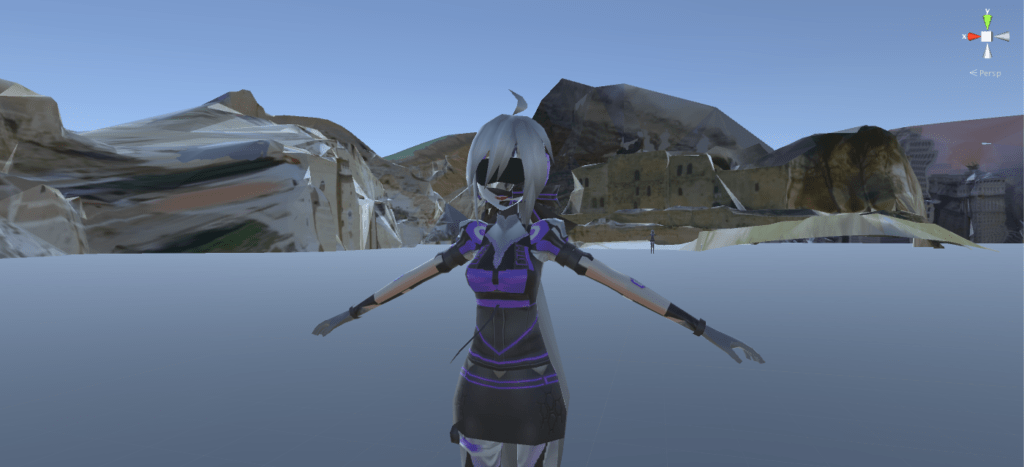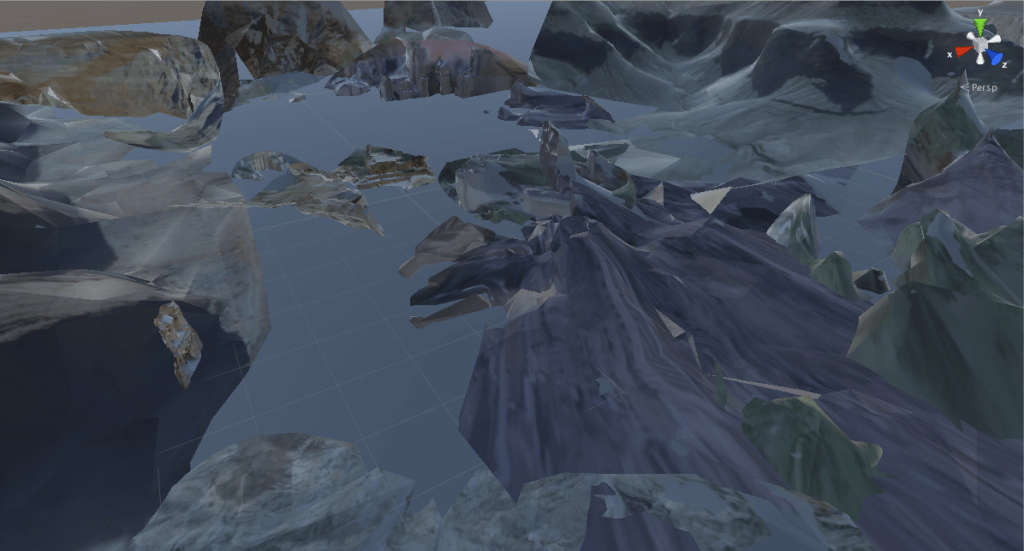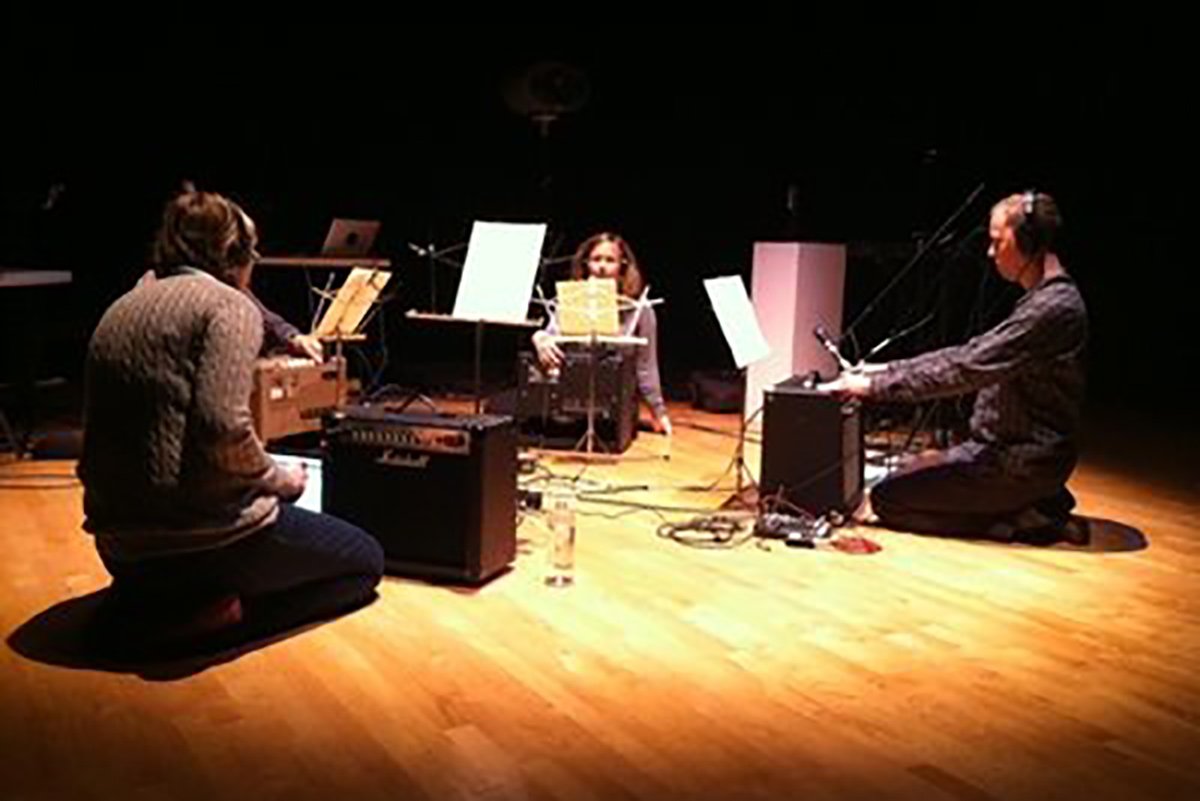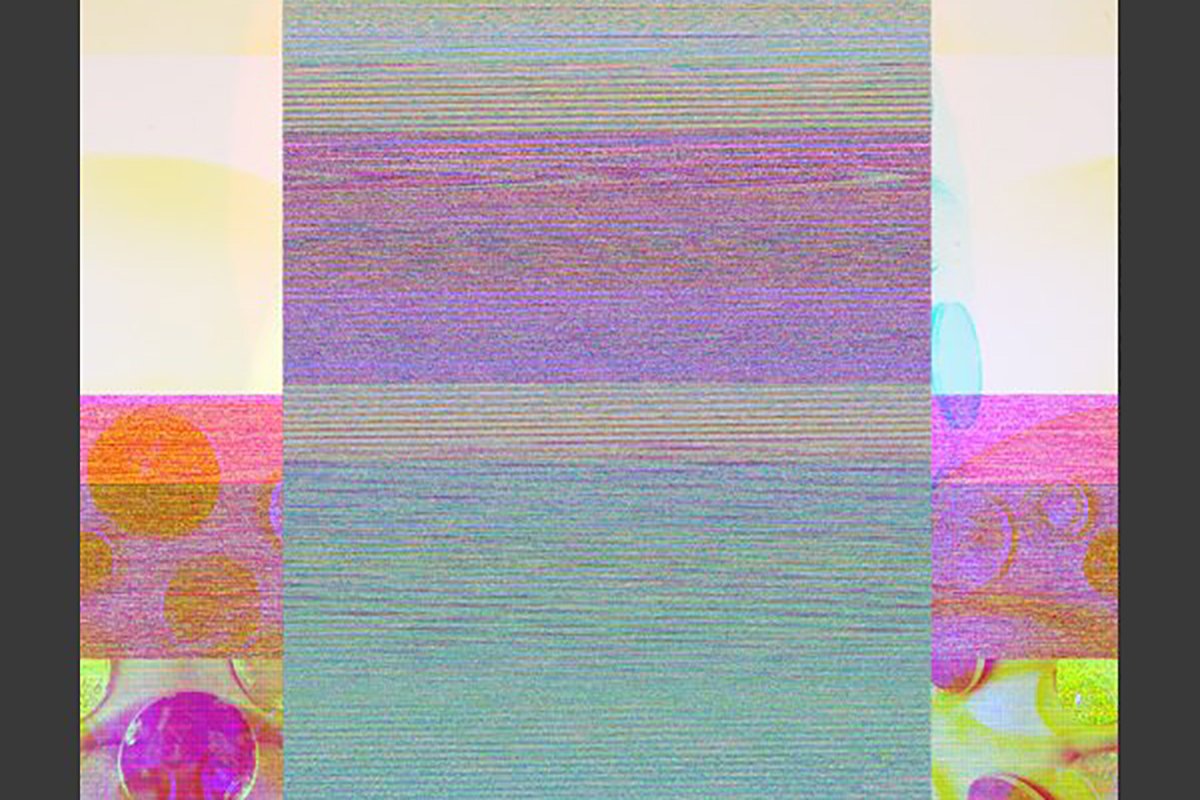Artist Project Toronto
?Project H.E.A.R.T. (Holographic Empathy Attack Robotics Team)? (2017) made by Erin Gee in collaboration with Alex M Lee is featured as part of the Telegenic booth at Artist Project Toronto. Our booth is just left of the entrance (can’t miss it) and is part of a sponsored exhibition with six other exciting new media artists.
Much thanks to EQ Bank, Telegenic, Radiance VR, and House of VR for sponsoring and organizing the exhibit. ☠️



